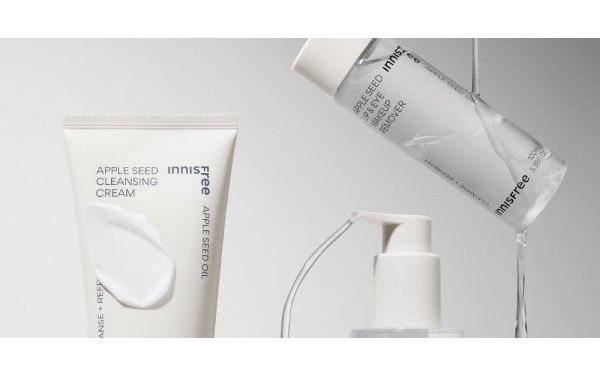What Type of Cleanser Should I Use?
The dirt in the details
The first step in skincare is often the one to which we give the least consideration! Let’s talk about how the right cleanser can set us up for success.
Types of cleansers
When I was growing up, it seemed like all cleansers were created equal - you’d just pick out the one that smelled the nicest or had the best packaging. But cleansing technology has come a long way. There are all sorts of different formulations with different purposes: cleansing bars, cleansing clays, even cleansing milks! The list goes on and on. So where should we start? Let’s zero in on a few of the most common options.
Foam cleansers are known for their light and airy texture (as well as their excellent lather) and are generally quite gentle on the skin. They’re an easy recommendation for people with combination and oily skin because of their ability to remove excess sebum on the surface of the skin.
Oil cleansers are usually a good match for people who enjoy wearing makeup (especially waterproof makeup). The oil molecules bind with makeup or any dirt on the skin’s surface, allowing them to be washed off with water. Oil cleansers are also a good pick for those with dry skin because they do not strip the skin of its natural oils and leave skin feeling moisturized.
Micellar water is a water-based cleansing water that features binding agents called micelles that attract and bind to makeup particles or excess dirt to remove them from the surface of the skin. This is a great choice for makeup wearers that have oily skin. Micellar water is also generally a good choice for a routine that features double cleansing: first wash with micellar water to remove makeup and surface impurities, second wash with cleansing foam to clean the skin.
Cleansing wipes are a party girl’s best friend! After a fun night out on the town, it’s the easiest thing to remove your makeup in bed with the help of your trusty makeup wipes. While super convenient, and a great way to get started, don’t get it twisted - you still need to wash your face with a cleanser and water. Wipes are a tool, not a substitute!
Over a period of time, improper cleansing technique can damage your skin and take away all the hard work you put in to make it look and feel good. Using a cleanser that strips your skin’s oils away is great if you have excess, but a big problem if you don’t. It’s important to be making cleansing decisions that make sense for you.
Cleanse for your skin type
Understanding your skin means that your cleansing routine can complement your skin needs. A makeup wearer with oily skin would see better results from a combination of micellar water and cleansing foam than an oil-based cleanser. Someone with normal skin could choose to start their day with a splash of micellar water to keep their skin from getting too dry.
Don’t cut corners
It helps to remember that the point of cleansing your face is to remove dirt and unwanted particles on your face before the rest of your skincare routine. Neglecting to follow up your cleansing wipe with actually washing your face with a liquid cleanser and water means that your toners and essences and serums are just sitting atop a layer of grime still on your face - an irresistible invitation for bacteria to grow and fester!
Too fast too furious
It’s also important to be gentle. Over cleansing is a real pickle you can get yourself into - leading to stripping your skin of its natural oils, damaging your moisture barrier, and opening the door for dirt and bacteria to make a home in your dermis. It also pays to be gentle when you wash your face - small circles, lukewarm water, pat dry with a clean towel.
Just because it’s simple, doesn’t mean it isn’t important. Cleansing your face is as much part of your skincare routine as the expensive serums, ampoules, and elixirs you apply afterwards. If you get the basics right, the rest is sure to follow.
Stay clean!
x
Gi





